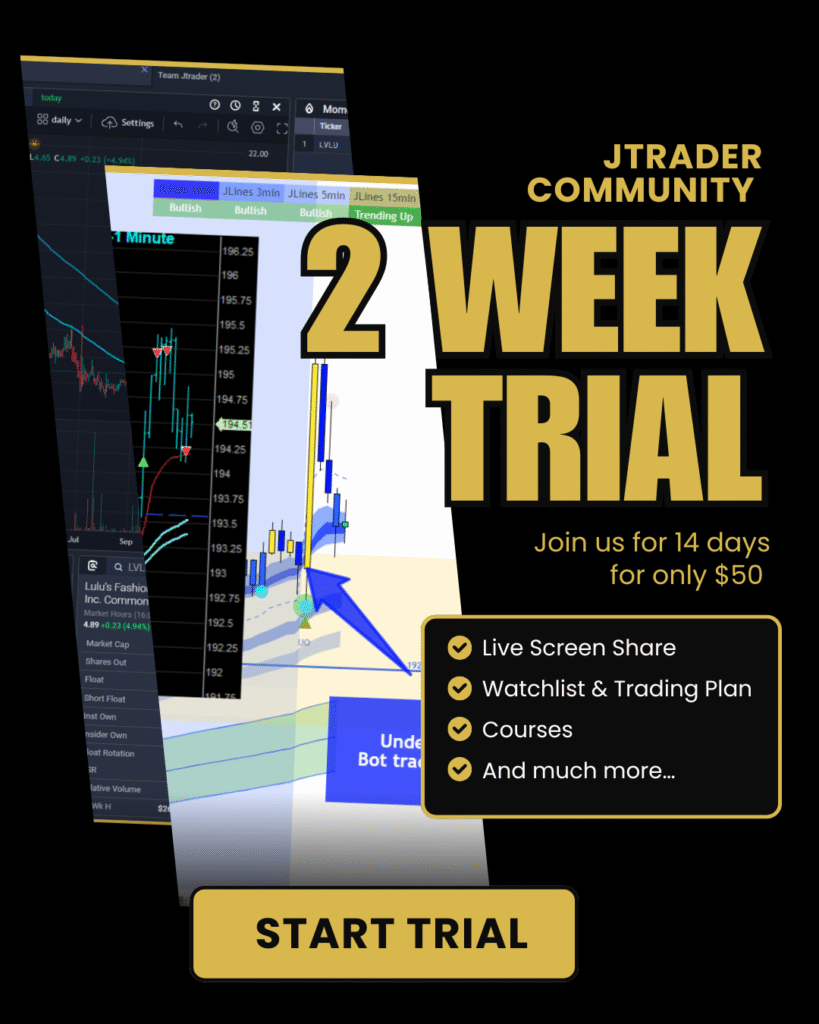There is a big difference in trading according to your timeframe of holding the investment.
When you swing trade and you are mostly looking to buy and hold. In this scenario I always do my job diligently by researching fundamentals, analyzing history of the chart, and creating a strategy for the medium/long term.
When I am day trading (so again the new trader should be able to divide his portfolio and by doing so reducing their own risk) I focus on the news, on price action, and on momentum. By momentum I mean the movement of a stock based on volume accumulation or distribution. There is no phase of the market that puts volume immediately within the first parameter. Therefore you need to analyze in order to take a smart position.
There are many winning and losing methodologies, no one is the “ HOLY GRAIL” but also this does not mean you have to stop from pursuing a perfect method and that you cannot make money. Some of the best traders I have ever met in my career were able to make a 40-50% win rate by swing trading and in day trading I saw an even higher % win rate.
The first aspect of my day is to follow my strategy. By doing this I eliminate or at least lower my hesitation, my emotions, and I trade without stress. You can do this only if you have confidence in your system and confidence is gained by back-testing constantly.
The second aspect of day is looking to eliminate losses or at least trying to lower loss rate, while at the same time increasing your risk/reward ratio. How many setups out there will work 80% of times but then in 1 trade you will have a drawdown of 20-30% of your capital? So learn where to place stop losses and where to take profit. You should focus more on targeting your trades the same, put even more effort toward that instead of on how you will be taking your entries. The secret of a good trader is letting your wins run and run as much as the trend will allow you to.
The third aspect of my day is spent on reviewing the trades, the setups, and creating a plan each day after the day trading session. But it doesn’t stop there you need to plan for each month and then every 6 months because market changes constantly. Stock price action changes and therefore you should updating or changing your strategy as well. For example, do you think $TSLA which is right now at 800$ has the same movement as it was when it was at 300$? No, everything changes, so adapt. Don’t be stubborn but be instead open-minded and accept change when it is needed.
Based off all my tips, you can consider yourself rich now!? I don’t know, maybe. Will you make money? Yes, but in the same way you earn you can also lose. It takes courage to start this job but IT TAKES PATIENCE TO CONTINUE DOING IT.
JTRADER


